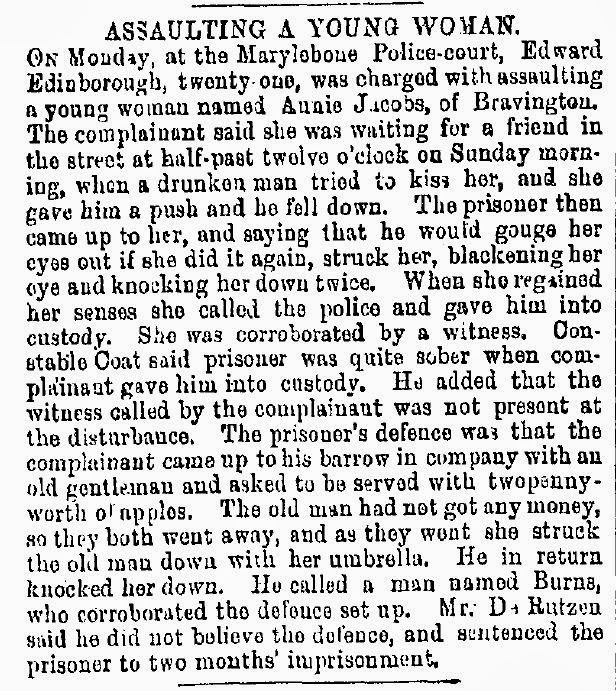In 1933, the light cruiser HMS Phaeton
was meant for the British Royal Navy but was purchased by the
Australian government prior to launching. It was renamed as HMAS Sydney (II), in memory of an earlier Sydney (I) that in 1914, had destroyed the
German cruiser Emden.
Following her commissioning in 1935, the Sydney spent the early part of her
operational history enforcing sanctions during the Abyssinian crisis prior to
arriving in Australia in1936.
The Sydney then remained
on local patrol duties after the outbreak of World War II before being assigned
to the British Mediterranean Fleet for an eight-month deployment from April 1940 –
during which time she encountered several engagements while receiving minimal
damage and no casualties.
Following her return to Australian waters in 1941, her
arrival in Fremantle on 5 February received a hero’s welcome. Upon arrival in
Sydney, a few days later, her crew received a civic reception and school
children were given a public holiday so they could watch her crew parade
through the city’s streets.
On Armistice Day, 11 November 1941, the Sydney sailed from Fremantle to escort the troopship Zealandia to Sunda Strait where she was
to be relieved by the British cruiser HMS Durban
for the last leg of a voyage to Singapore. The voyage was without incident and Sydney was expected to arrive back in
Fremantle on the afternoon of 20 November 1941. Having not returned to
Fremantle by 23 November the Naval Board requested her to report by signal to
which there was no reply.
Piecing together the events of Sydney’s disappearance, it was revealed that on the afternoon of 19
November the Sydney had come upon
what was thought to be a merchant vessel but was, in fact, the German raider Kormoran. In an effort to establish the
identity of the vessel, the Sydney
closed the distance to a point where she no longer had any advantage of her
superior armament.
When concealment of the Kormoran’s
true identity was no longer possible, the German raider opened fire with all
armament as well as dispensing two torpedoes striking the Sydney. In the heat
of the battle the Sydney also managed
to inflict severe damage to the Kormoran.
The result of the destructive engagement saw all 42 officers
and 603 ratings on board the Sydney
perish. The crippled Kormoran was eventually
skuttled by her captain, with her German crew abandoning ship. Of her 399 crew,
318 were found following a large-scale sea and air search.
Despite the approximate position of Kormoran being known, multiple attempts to locate the two wrecks failed
to find either ship until March 2008 when the wrecks of both Sydney and Kormoran were located by shipwreck investigator David Mearns who had
directed a search on behalf of the Finding Sydney Foundation.
The discovery of the wrecks revealed much about the battle
and lent support to the generally accepted version of events from the surviving
German crew members of the Kormoran.
On board HMAS Sydney
on that fateful day, was 21-year-old Ordinary Seaman, ALAN GROSVENOR
EDENBOROUGH, the son of Grosvenor and Agnes Margaret Edenborough of Roseville,
New South Wales and great-grandson of Arthur Edenborough, Ancestor #1.
He is remembered with honour at the Plymouth Naval Cemetery in Devonshire, United Kingdom as well as on the Honour Roll of the Australian War Memorial in Canberra, Australian Capital Territory.
He is remembered with honour at the Plymouth Naval Cemetery in Devonshire, United Kingdom as well as on the Honour Roll of the Australian War Memorial in Canberra, Australian Capital Territory.
Plymouth Naval Cemetery














